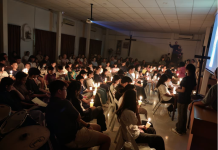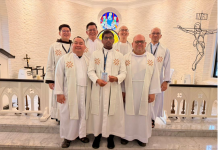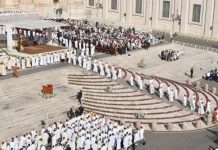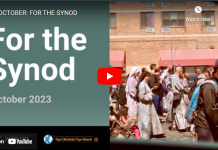By Philip Kosloski
Almsgiving, which includes giving our time, talent and treasure to others in need, is a hallmark of the Christian faith. It is an action that is modeled after the example of Jesus and how he continually gave himself to others in life and death.
Pope Benedict XVI reflected on almsgiving in his 2008 message for Lent, explaining that it can be an instrument of conversion.
By drawing close to others through almsgiving, we draw close to God; it can become an instrument for authentic conversion and reconciliation with Him and our brothers.
In a particular way, Benedict XVI reflected on the power of almsgiving and its connection to love.
Almsgiving teaches us the generosity of love. St. Joseph Benedict Cottolengo forthrightly recommends: “Never keep an account of the coins you give, since this is what I always say: if, in giving alms, the left hand is not to know what the right hand is doing, then the right hand, too, should not know what it does itself.”
Benedict XVI encouraged Christians to embrace almsgiving during Lent, as well as other times of the year.
Lent invites us to “train ourselves” spiritually, also through the practice of almsgiving, in order to grow in charity and recognize in the poor Christ Himself. In the Acts of the Apostles, we read that the Apostle Peter said to the cripple who was begging alms at the Temple gate: “I have no silver or gold, but what I have I give you; in the name of Jesus Christ the Nazarene, walk” (Acts 3,6). In giving alms, we offer something material, a sign of the greater gift that we can impart to others through the announcement and witness of Christ, in whose name is found true life.
Whenever we give alms, may we see the power it has in drawing us closer to God.












































